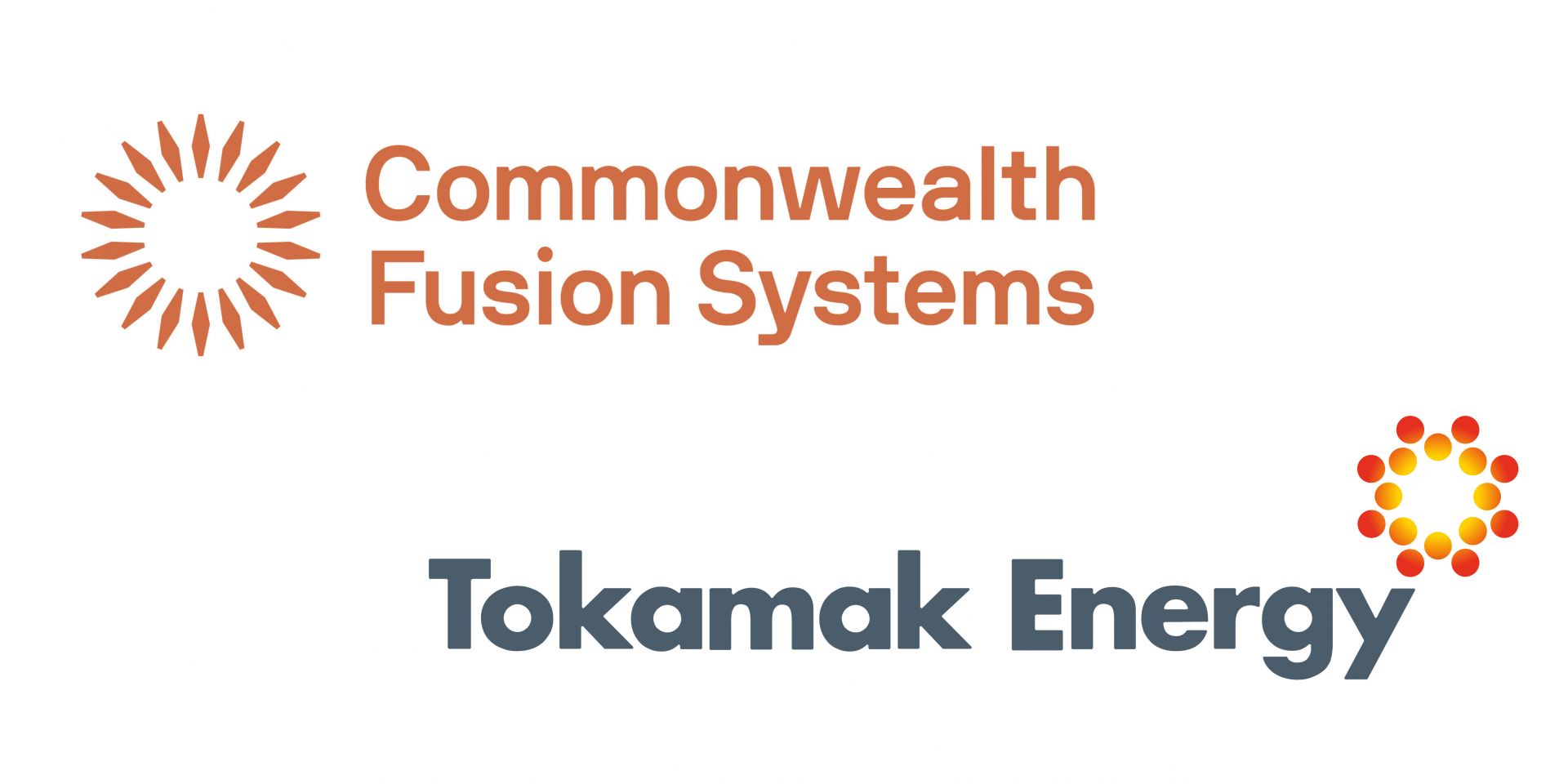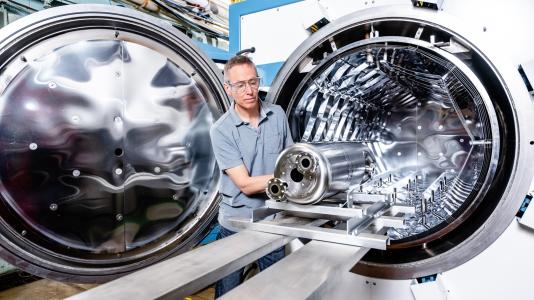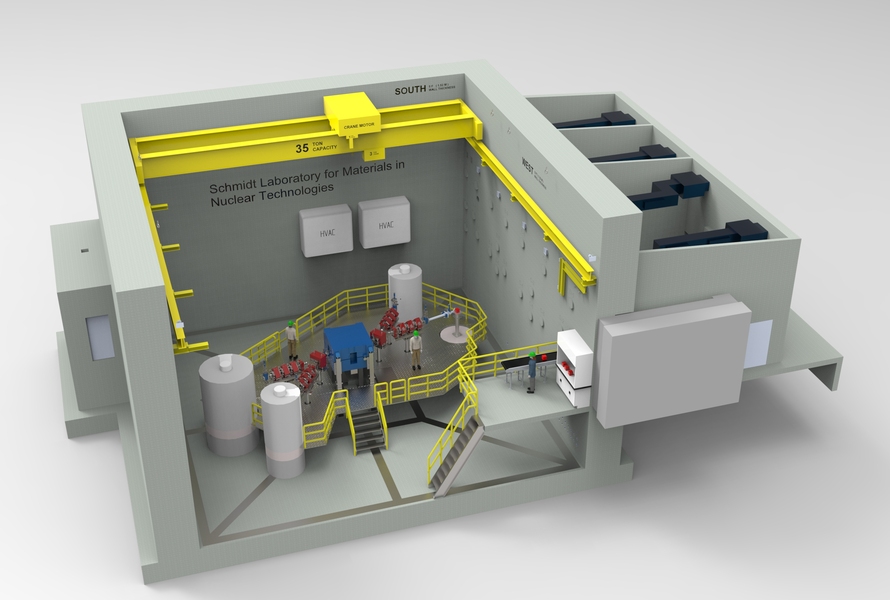Commonwealth Fusion Systems and Tokamak Energy: DOE’s tokamak fusion pilot picks

Commonwealth Fusion Systems (CFS) and Tokamak Energy Inc. are the two magnetic confinement tokamak fusion developers to receive a portion of the $46 million in funding announced by the Department of Energy in late May for the first 18 months of a public-private Milestone-Based Fusion Development Program aimed at developing fusion pilot plant designs and resolving related scientific and technological challenges within five to 10 years.







